Otoscope How To Use ?
To use an otoscope, follow these steps:
1. Choose the correct size of ear speculum for the patient's ear canal.
2. Turn on the otoscope and adjust the light intensity.
3. Hold the otoscope like a pen and gently pull the patient's ear up and back (for adults) or down and back (for children).
4. Insert the speculum into the ear canal and look through the eyepiece of the otoscope.
5. Move the otoscope slightly to examine different areas of the ear canal and eardrum.
6. If necessary, use the insufflation bulb to blow a puff of air into the ear canal to check for eardrum movement.
It is important to use caution when using an otoscope to avoid causing injury to the ear canal or eardrum. If you are unsure how to use an otoscope, it is recommended to seek guidance from a healthcare professional.
1、 Anatomy of the ear
The ear is a complex organ responsible for hearing and balance. It is divided into three parts: the outer ear, middle ear, and inner ear.
The outer ear consists of the pinna (the visible part of the ear) and the ear canal. The pinna helps to collect sound waves and direct them into the ear canal. The ear canal is lined with hair and wax-producing glands, which help to protect the ear from foreign objects and infection.
The middle ear is separated from the outer ear by the eardrum (tympanic membrane). It contains three small bones called the ossicles (malleus, incus, and stapes) that transmit sound vibrations from the eardrum to the inner ear.
The inner ear is responsible for converting sound waves into electrical signals that are sent to the brain. It also contains the vestibular system, which helps to maintain balance.
Otoscope how to use
An otoscope is a medical device used to examine the ear. It consists of a light source, a magnifying lens, and a speculum (a cone-shaped attachment that is inserted into the ear canal).
To use an otoscope, the patient should be seated comfortably with their head tilted slightly towards the opposite shoulder. The otoscope should be held with one hand and the speculum should be inserted gently into the ear canal with the other hand. The light source should be turned on and the magnifying lens should be used to examine the ear canal, eardrum, and middle ear.
It is important to use caution when using an otoscope, as inserting the speculum too far into the ear canal can cause injury. It is also important to clean the otoscope after each use to prevent the spread of infection.
In recent years, there has been a growing interest in the use of digital otoscopes, which allow for more detailed imaging of the ear and can be used to diagnose a variety of ear conditions. However, traditional otoscopes are still widely used and remain an important tool for ear examination.
2、 Preparation for otoscopy
Otoscope how to use:
Before using an otoscope, it is important to prepare the patient and the equipment. Here are the steps for preparation:
1. Explain the procedure to the patient: It is important to explain the procedure to the patient to ensure their cooperation and comfort during the examination.
2. Position the patient: The patient should be seated comfortably with their head tilted slightly towards the opposite shoulder of the ear being examined.
3. Clean the equipment: The otoscope should be cleaned and disinfected before and after each use to prevent the spread of infection.
4. Choose the correct speculum: The otoscope comes with different sizes of specula to fit different ear sizes. Choose the appropriate size for the patient.
5. Insert the speculum: Gently insert the speculum into the ear canal while holding the otoscope with one hand and pulling the ear upward and outward with the other hand.
6. Observe the ear canal: Look through the otoscope and observe the ear canal for any abnormalities such as redness, swelling, discharge, or foreign objects.
7. Remove the speculum: After the examination, remove the speculum and dispose of it properly.
It is important to note that otoscopy should only be performed by trained healthcare professionals. In addition, the use of otoscopy has evolved with the advancement of technology. Some otoscopes now come with digital imaging capabilities, allowing for better visualization and documentation of ear conditions.
3、 Proper use of otoscope
Proper use of otoscope is essential for accurate diagnosis and treatment of ear-related conditions. An otoscope is a medical device used to examine the ear canal and eardrum. It consists of a light source, a magnifying lens, and a speculum that is inserted into the ear canal. Here are the steps for using an otoscope:
1. Prepare the patient: Explain the procedure to the patient and ensure they are comfortable and relaxed. Position the patient's head so that the ear to be examined is facing you.
2. Prepare the otoscope: Turn on the light source and attach the appropriate size speculum to the otoscope.
3. Insert the otoscope: Gently insert the speculum into the ear canal, being careful not to touch the ear canal walls or eardrum.
4. Examine the ear: Look through the magnifying lens and examine the ear canal and eardrum for any abnormalities, such as inflammation, infection, or blockages.
5. Remove the otoscope: Gently remove the speculum from the ear canal.
It is important to note that proper hygiene practices should be followed when using an otoscope. The speculum should be cleaned and disinfected after each use to prevent the spread of infection. Additionally, the latest point of view suggests that telemedicine can be used to remotely examine the ear using an otoscope. This can be particularly useful in situations where in-person visits are not possible or convenient. Overall, proper use of an otoscope is crucial for accurate diagnosis and treatment of ear-related conditions.
4、 Interpretation of findings
Otoscope how to use:
To use an otoscope, first, ensure that the device is clean and the light is working correctly. Then, gently insert the speculum into the ear canal while holding the otoscope handle. Use the light to examine the ear canal and eardrum for any abnormalities, such as inflammation, fluid buildup, or earwax blockage. It is essential to use caution and not insert the speculum too far into the ear canal, as this can cause discomfort or injury.
Interpretation of findings:
The findings from an otoscope examination can provide valuable information about the health of the ear. A healthy ear canal and eardrum should appear pink and clear, with no signs of inflammation or fluid buildup. Earwax is a natural substance that helps protect the ear, but excessive buildup can cause hearing problems and discomfort. If earwax is present, it can be removed using appropriate techniques.
Abnormal findings may indicate an ear infection, fluid buildup, or other issues that require medical attention. In some cases, an otoscope examination may reveal signs of a more serious condition, such as a tumor or nerve damage. It is essential to consult a healthcare professional if any abnormalities are detected during an otoscope examination.
The latest point of view:
Recent advancements in otoscope technology have led to the development of digital otoscopes, which can provide high-resolution images of the ear canal and eardrum. These devices can be useful in diagnosing and monitoring ear conditions, as well as providing a visual aid for patient education. Additionally, telemedicine has made it possible for healthcare professionals to perform otoscope examinations remotely, allowing for more convenient and accessible care. However, it is important to note that a physical examination by a healthcare professional is still necessary for accurate diagnosis and treatment.


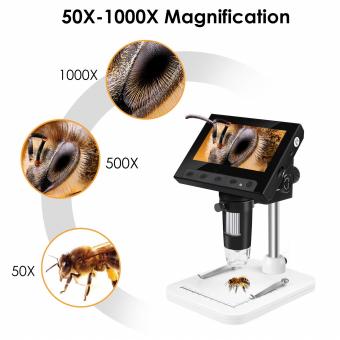

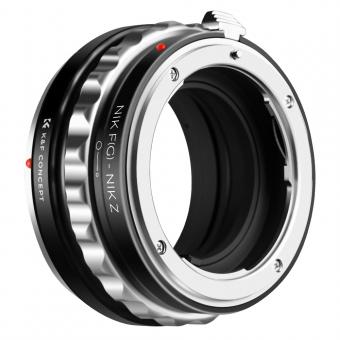






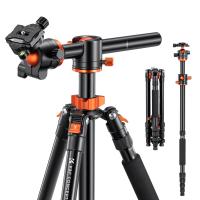



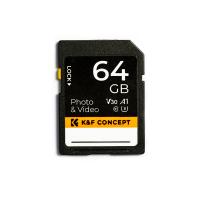

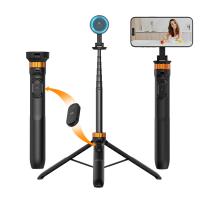
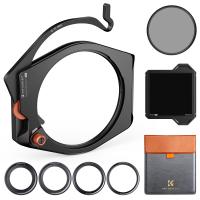
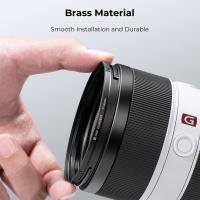
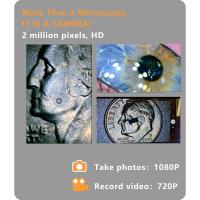
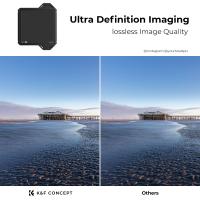

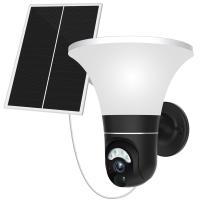
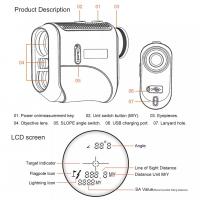

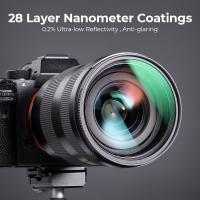
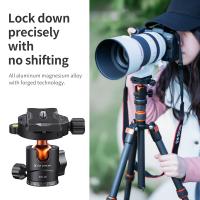
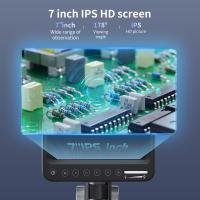
There are no comments for this blog.